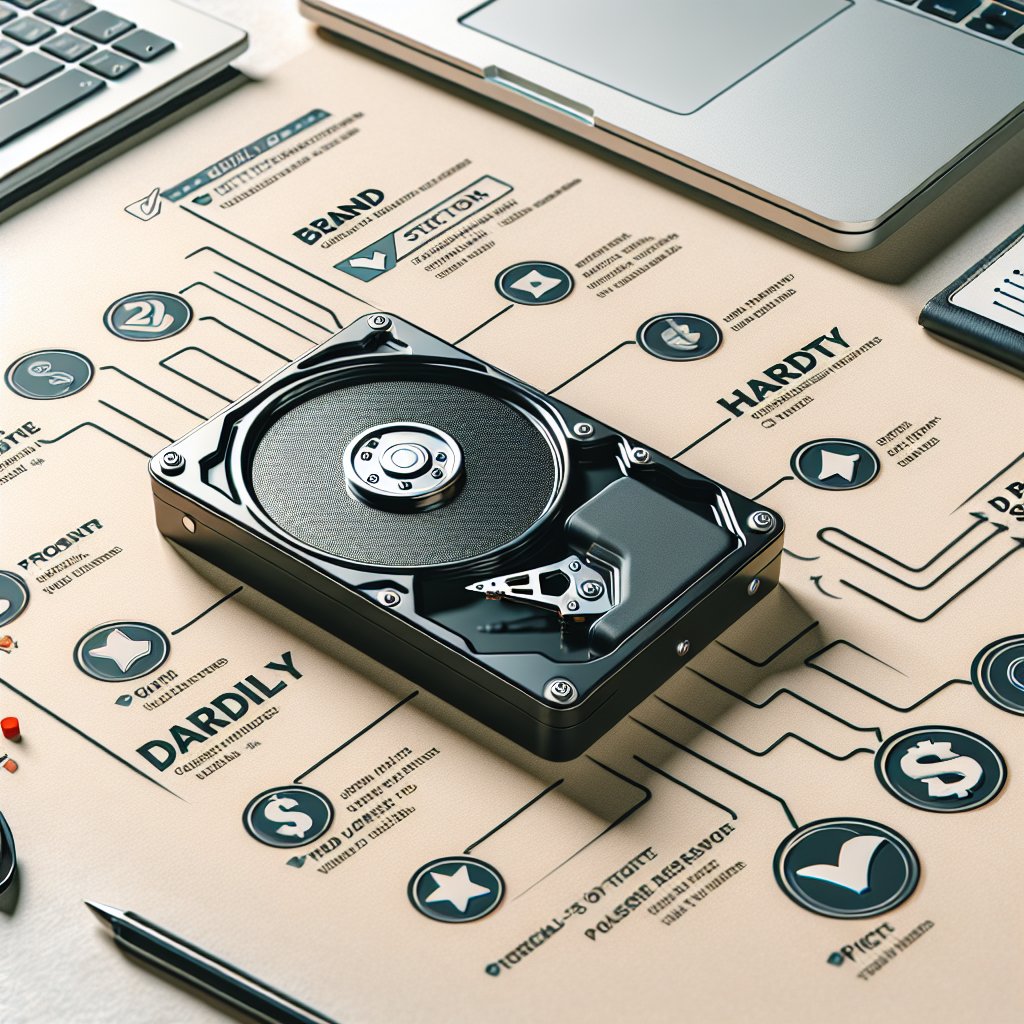External hard drives are great for backing up files, expanding storage for gaming consoles, or organizing photos and videos. But not all drives are built equally — and choosing the wrong one can waste both money and time. Here’s how to shop smart without overspending.
Determine Your Storage Needs Before buying, estimate what you’ll use it for:
1TB: Enough for documents, basic backups, and light media
2TB–4TB: Better for photo/video collections or console games
5TB+: Ideal for large video projects, frequent backups, or shared use
It’s usually cheaper per gigabyte to go bigger — as long as you actually use the space.
Choose Between HDD and SSD
HDD (hard disk drive): More affordable, best for large storage needs
SSD (solid-state drive): Faster and more durable, but pricier per GB
For backups or media libraries, HDDs offer good value. For portability and speed (like video editing), SSDs may be worth the extra cost.
Portability and Build If you plan to carry your drive, consider:
2.5-inch size: Fits easily in bags, no external power required
Shock resistance: Some models have rugged casings
Weight: Lighter drives are more travel-friendly
Connection Type Check for:
USB 3.0 or USB-C: Faster transfer speeds
Backward compatibility with USB 2.0 if needed
If you're using it for gaming consoles, confirm it works with your device (Xbox, PlayStation, etc.).
Included Software and Encryption Some drives come with:
Backup utilities
Password protection and encryption
While not essential, these can add convenience and peace of mind without extra cost.
Reliable Budget Brands
WD (Western Digital) Elements or My Passport
Seagate Expansion or Backup Plus
Toshiba Canvio Basics
Crucial X6/X8 (SSD)
These offer strong reputations and competitive warranties.
Closing Advice A budget-friendly external hard drive doesn’t have to compromise reliability. Know what you’re storing, compare connection types, and focus on brands with solid performance records. That way, you’ll protect your data and your wallet.
